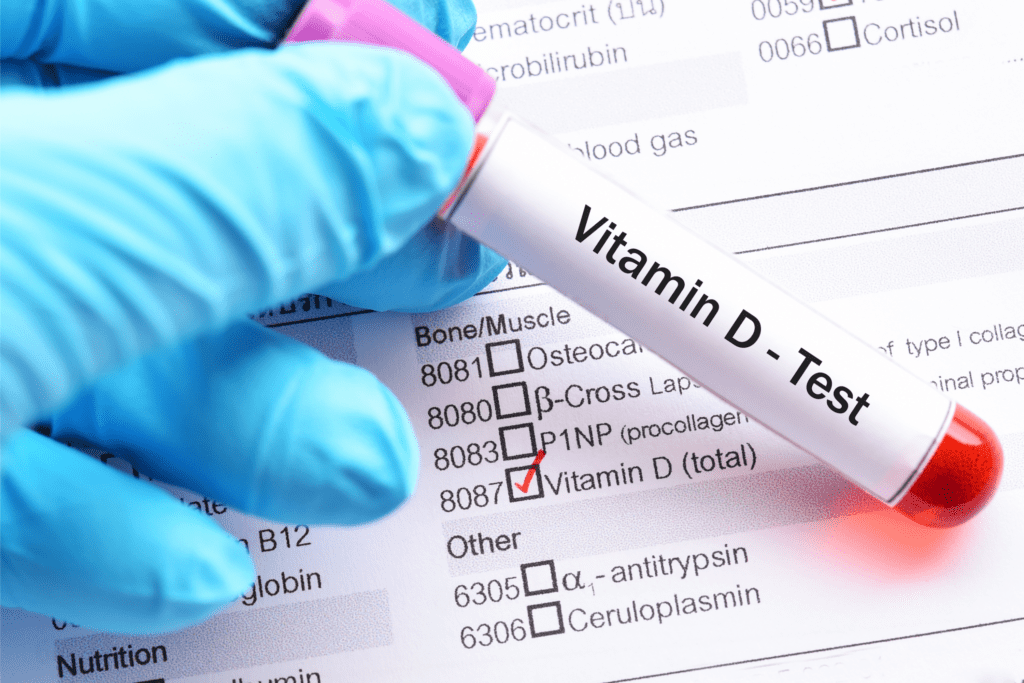Just the Facts on Vitamin D
Vitamin D is an essential micronutrient that the body requires to function properly. For many years it has been called the “bone vitamin” because doctors felt that its main purpose was for bone health. This is because your body can only absorb calcium, when vitamin D is present.
However, research has proven that insufficient levels of vitamin D can increase the risk for several types of disease such as osteoporosis, underactive parathyroid, cardiovascular disease, and respiratory infections. It can also contribute to depression. So, what are the facts on vitamin D?
What is Vitamin D?
A vitamin is a nutrient that the body does not produce so it must be consumed in our diet. However, Vitamin D can be produced from sun exposure and is sometimes referred to as the “sunshine vitamin”.
Even though it is called a vitamin it is not a vitamin but a precursor of a hormone. Thanks to many years of research, we now know that nearly every type of tissue and cell in the body has Vitamin D receptors, which means it is an essential hormone that plays a vital role in many physiological processes.
Vitamin D regulates genes that control:
- Bone health
- Muscle health
- Immune system
- Cell growth
- Decreasing inflammation (chronic pain/fibromyalgia)
- Regulates blood pressure and supports cardiovascular health.
How do You Get Enough Vitamin D?
There are three ways that you can get Vitamin D. Through your skin from exposure to sunlight, from your diet and from supplements.
Sunlight
To get vitamin D through sunlight you need to spend 15-20 minutes per day in the sun with at least 25 percent of your skin exposed. Vitamin D is then stored in fat during periods of sunlight and released when needed.
The amount of vitamin D your skin makes can be dependent on factors such as the time of day, where you live, and your skin pigmentation. Seasons are also a big factor, during the winter months vitamin D deficiency can increase due to decreased sunlight and the need to wear more clothing due to weather. Sunscreen can also decrease your absorption of vitamin D.
Sun exposure can also lead to skin aging and skin cancer, so you need to balance your exposure to sunlight.
Foods that contain Vitamin D
Few foods naturally contain vitamin D. These include fatty fish such as salmon, tuna, trout, and mackerel. They are considered the best source of vitamin D foods. You can also get vitamin D from egg yolks, beef livers and cheese. However, due to depletion of farmland animal diets have changed and this has decreased the amount of Vitamin D in these foods. It is best to try to buy organic foods.
Fortified foods such as cow’s milk, almond milk, soy milk, yogurt and breakfast cereals also contain vitamin D.
Supplements
According to the Institute of medicine, 400 IU is recommended for children under a year-old: 600 IU for ages 1–70 and 800 IU for adults over age 70. However, this has been criticized by many people that study and research vitamin D. They believe that the recommended dose should be 600 – 1000 IU for children ages 1-18 and 1500 – 2000 IU for adults over the age of 19.
It is best to have your vitamin D levels checked and have your doctor determine the best dosage for your needs.
Signs of Vitamin D Deficiency
Low vitamin D levels can cause a range of problems such as:
- Muscle pain
- Bone and back pain
- Fatigue
- Hair loss
- Sickness or infection
- Decreased wound healing
Signs of Excessive Vitamin D
Although rare, vitamin D toxicity can occur. This is unlikely for intakes under 10,000 IU per day. It usually occurs in people taking to many supplements. Excessive vitamin D can cause hardening of blood vessels and bone calcification.
Symptoms of Vitamin D toxicity include:
- Headaches
- Loss of appetite
- Nausea/vomiting
- Constipation or diarrhea
- Dry mouth
- A metallic taste
In Summary

So, what are the facts on vitamin D? It has been found to benefit us in so many ways from bone health to cardiovascular disease to depression. A blood test is the best way to determine if you are getting enough vitamin D. try to schedule an annual blood test, or get testing done if not feeling well. Regardless of how you get vitamin D either by food, sunlight or supplement just be sure to keep your levels up.
